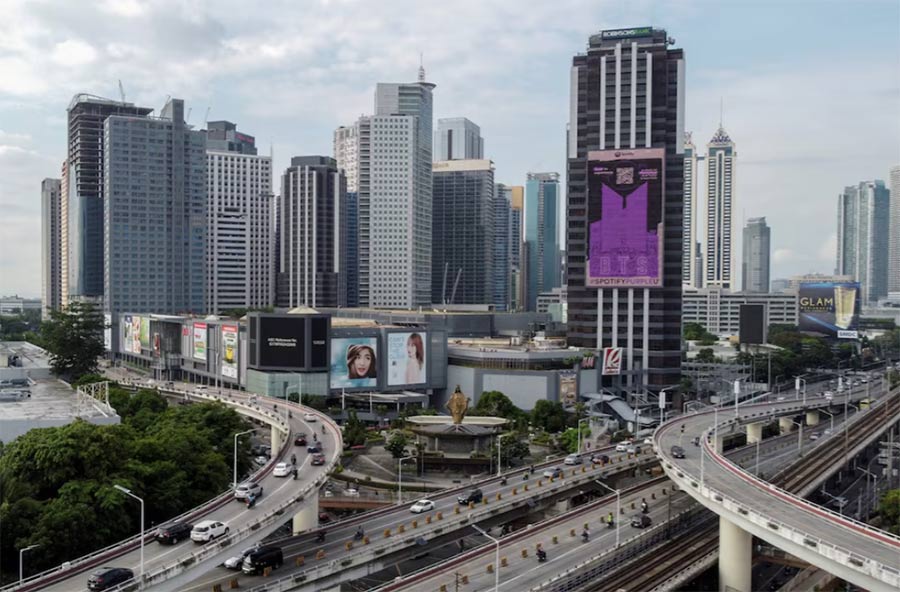Credit rating agency, Fitch Ratings, announced that it has kept the Philippines’ “BBB” credit rating with a “stable” outlook in its latest rating action, Bangko Sentral ng Pilipinas over-the-weekend said.
This investment-grade credit rating has been in place since December 2017.
An investment-grade rating signals reduced credit risk, allowing countries to access funding at lower costs.
A ‘BBB’ rating, which is above the minimum investment grade, indicates a low expectation of default risk, with the country’s capacity to meet financial commitments deemed adequate.
Meanwhile, a “stable” outlook suggests a low likelihood of a rating change over the next one to two years.
In a statement, BSP said Fitch acknowledged the country’s robust medium-term growth potential, stable debt levels, strong macroeconomic policies as well as the central bank’s credible inflation targeting framework.
Since may 2022, the BSP has raised the policy rate by 450 basis points to 6.5 percent to bring inflation within government’s target range of 2.0 to 4.0 percent.
In May 2024, the Philippine Statistics Authority reported that headline inflation rose slightly to 3.9 percent from April’s 3.8 percent, with the national average for January to May of this year at 3.5 percent, down from 6.1 percent in May 2023.
Fitch projects inflation to remain within the upper half of the BSP’s inflation target range, and to moderate to 3.8 percent and 3.4 percent by 2024 and 2025, respectively.
Eli M. Remolona, BSP Governor, welcomed Fitch’s recognition of the central bank’s efforts to keep inflation within target and highlighted the BSP’s data-driven approach to setting monetary policy.
Meanwhile, Fitch forecasts a 5.8 percent real gross domestic product (GDP) growth in 2024, driven by investments in infrastructure and trade reforms, with over 6.0 percent growth expected over the medium term.
In Q1 2024, the economy grew by 5.7 percent year-on-year, primarily driven by robust growth in financial activities (10.0 percent), wholesale and retail trade, repair of motor vehicles and motorcycles (6.4 percent), and manufacturing (4.5 percent), according to the PSA.
Fitch also expects the general government debt to remain stable at 54 percent of GDP by 2025, alongside a narrowing current account deficit.
Moreover, the debt watcher sees the current account deficit decreasing to under 2.0 percent of GDP (below $10 billion) by 2025 from 2.6 percent of GDP (over $11 billion) in 2023.
Despite the pandemic and the economic lockdowns that went with it, the Philippines remains among a few of the countries around the world that was able to maintain its investment-grade rating.
Last November, S&P Global Ratings (S&P) also affirmed the Philippines’ investment grade long-term credit rating of “BBB+” and short-term rating of “A-2” while keeping the outlook on the country’s long-term rating at “stable.”
The rating action recognized the country’s above-average economic growth potential, strong external position, and the agency’s expectations of fiscal consolidation as the economy recovers.
It also said inflation has shown signs of easing in recent months, decelerating from 5.8 percent in 2022 to 4.9 percent in October 2023.
Aside from S&P, Moody’s credit rating for Philippines was also affirmed at Baa2 with stable outlook.
Tokyo-based Rating and Investment Information also maintained its rating of BBB+ with positive outlook.
Japan Credit Rating Agency (JCR) upgraded the Philippines’ credit rating by a notch from BBB+ to A- in 2020, citing the country’s resilience.





